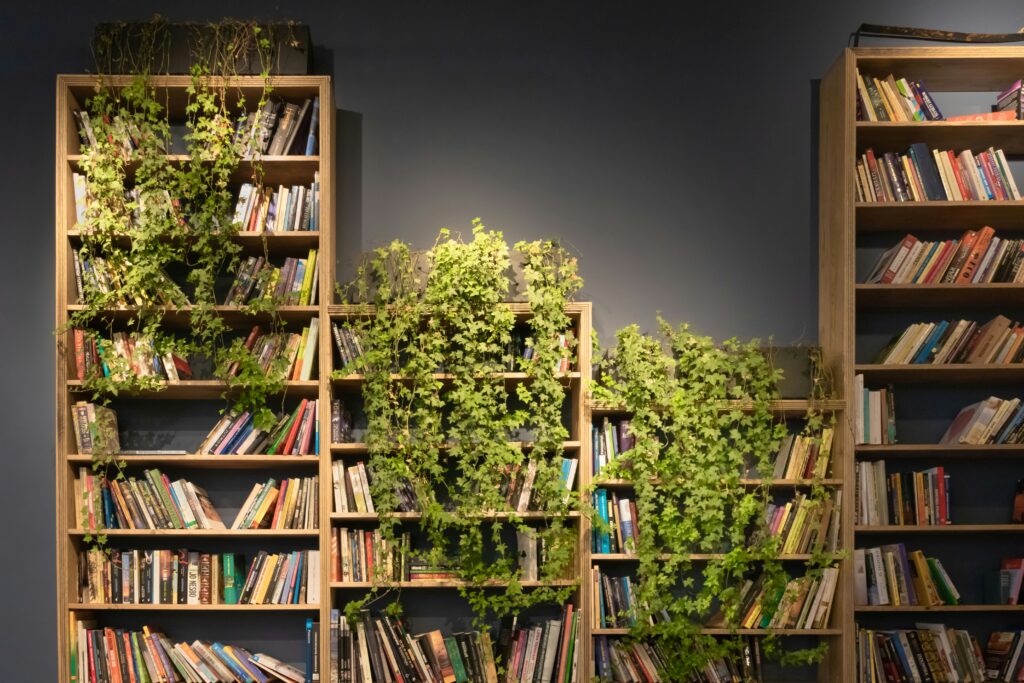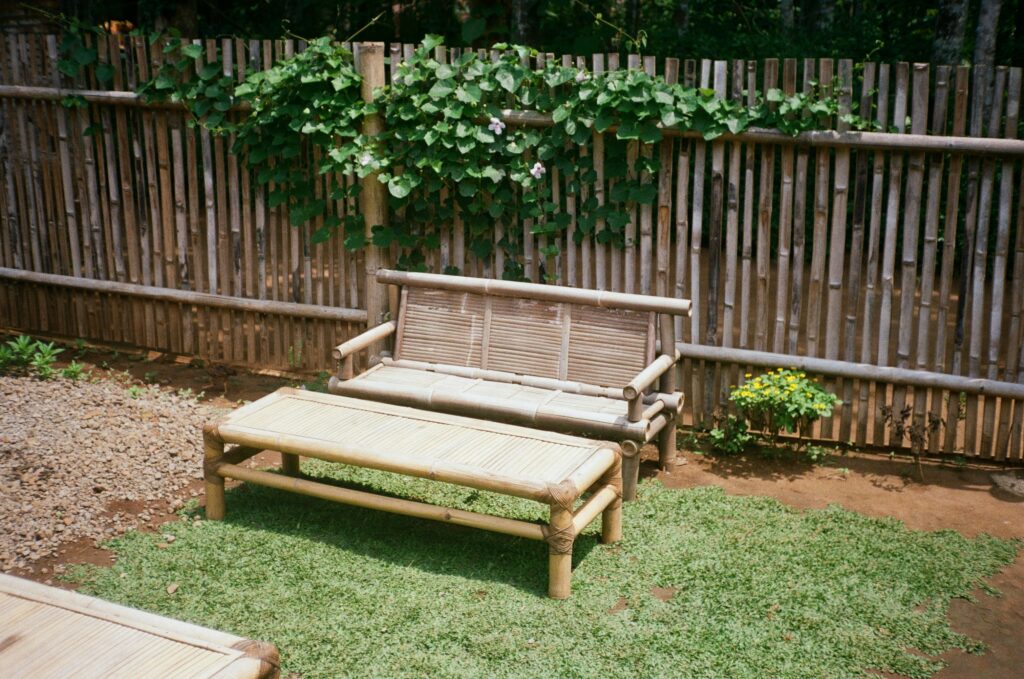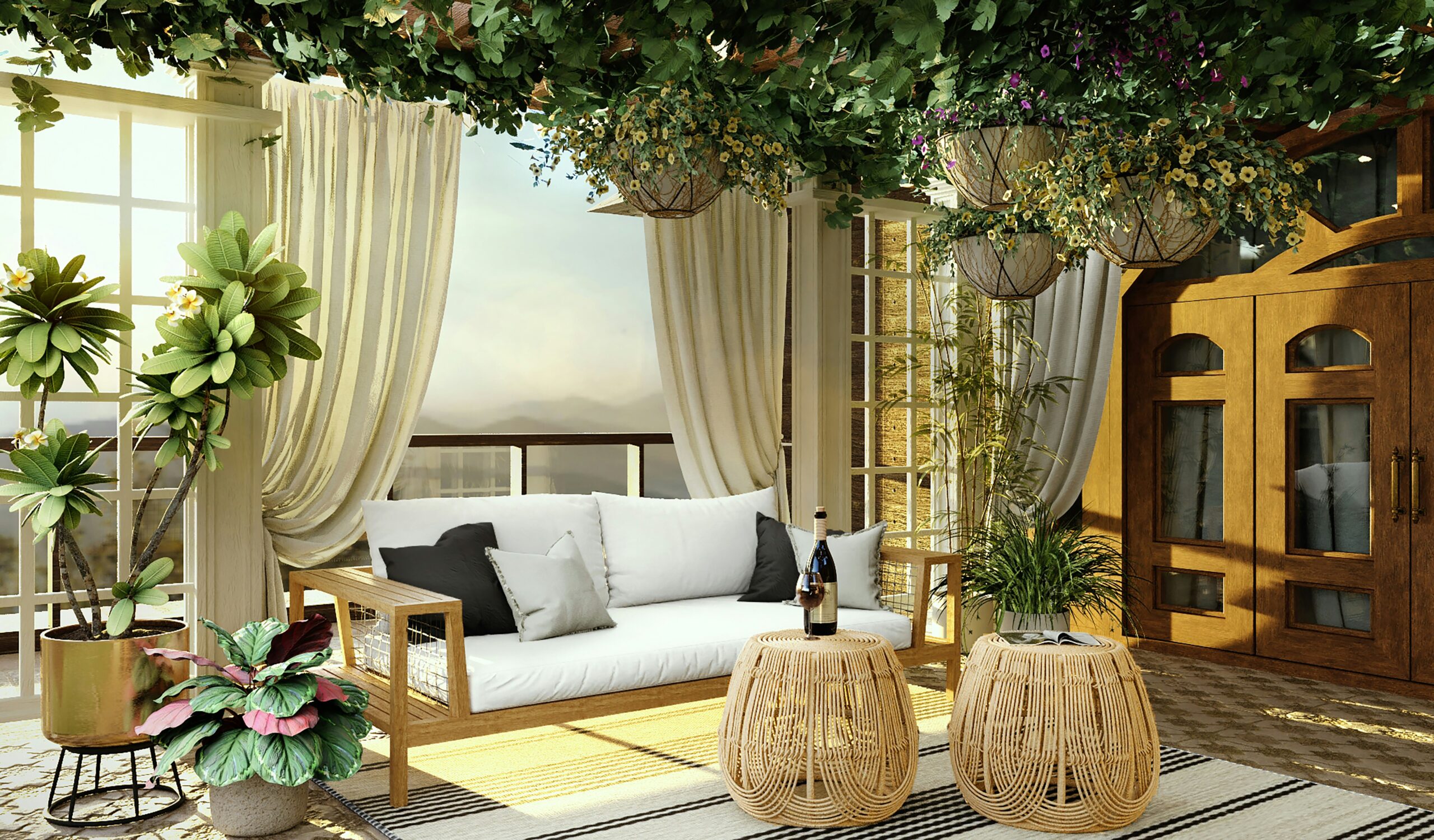In a time when sustainability is more important than ever, eco-friendly décor offers a meaningful way to improve the aesthetics of your house while protecting the environment. This method places a high value on waste minimisation, ethical production methods, and sustainable materials to create fashionable yet ecologically conscious spaces. Eco-friendly décor offers useful and motivating ideas to turn any home into a greener haven, regardless of whether you’re an avid environmentalist or you’re just starting out on your sustainability journey. To help you create a home that reflects your values and promotes a healthier Earth, this article delves deeply into the advantages of sustainable decor, highlights eco-friendly materials, and offers practical advice, such as do-it-yourself projects and room-specific ideas.
Why Choose Eco-Friendly Decor?

Choosing eco-friendly décor is a commitment to constructive change that goes beyond simple aesthetics. Here are some reasons why it’s a wise decision for both your house and the entire world:
- Environmental Benefits: Traditional décor frequently uses materials that are high in resources, such as plastic and chemically treated wood, which lead to pollution, deforestation, and landfill overflow. By utilising sustainable materials like bamboo or repurposed wood, eco-friendly décor combats this and greatly lessens environmental harm. For example, bamboo is a remarkable sustainable option because it grows quickly—up to 36 inches in a day at times—absorbs carbon dioxide, and doesn’t require pesticides.
- Healthier Living Spaces: A lot of traditional décor items emit volatile organic compounds (VOCs), like formaldehyde from synthetic rugs or pressed wood, which can harm indoor air quality and pose health risks. Natural, non-toxic materials, such as low-VOC paints or organic cotton bedding, are used in eco-friendly décor to provide you and your family with safer surroundings and cleaner air.
- Ethical Impact: You can help artisans and lessen the carbon footprint associated with international shipping by choosing fair-trade or locally sourced goods. This decision aligns your house with moral principles and promotes sustainable communities.
You can design a space that is aesthetically pleasing, health-conscious, and morally upright with eco-friendly décor.
Top Eco-Friendly Materials for Home Decor

Eco-friendly decor mostly depends on its materials. Here is a closer view of some of the best choices:
- Bamboo: Known for its quick growth and adaptability, bamboo is ideal for flooring, furniture, and accent pieces. It is a favourite in sustainable design because of its robustness and organic appearance.
- Reclaimed Wood: Taken from old structures or furnishings, reclaimed wood gives your room a rustic, historic charm while lowering the need for new wood.
- Organic Cotton and Linen: Produced without the use of dangerous pesticides, these materials are soft and environmentally friendly, making them perfect for upholstery, bedding, and curtains.
- Recycled Glass: Repurposed glass reduces waste and energy consumption while providing a sleek, contemporary appearance when it is used to make vases, countertops, or light fixtures.
- Cork: Made from cork oak trees, this material is sustainably harvested and combines eco-friendliness with a distinctive texture to create great flooring, wall art, and accessories.
These materials improve the longevity and aesthetics of your house while also reducing their negative effects on the environment.
DIY Eco-Friendly Decor Projects
Making your own decor is a fun and affordable way to embrace sustainability. Try these intricate projects:
Upcycled Planters:
- Materials: Old tin cans, glass jars, non-toxic paint, soil, small plants (e.g., succulents).
- Steps: Clean containers, paint them with eco-friendly colors, add drainage holes if needed, fill with soil, and plant.
- Why It Works: Reduces waste and brings greenery indoors.
Reclaimed Wood Shelves:
- Materials: Reclaimed wood planks, brackets, screws, drill.
- Steps: Sand the wood, apply a natural finish, mount brackets on the wall, and secure the plank.
- Why It Works: Repurposes wood and adds functional storage.
Natural Dye Pillows:
- Materials: White cotton pillowcases, avocado pits (for pink) or turmeric (for yellow), water, pot.
- Steps: Boil dye ingredients, soak fabric overnight, rinse, and dry.
- Why It Works: Avoids synthetic dyes, creating earthy, chemical-free textiles.
These initiatives add personality to your area while prioritising sustainability.
Room-by-Room Eco-Friendly Decor Tips

Using room-specific ideas makes it easier to turn your house into a sustainable sanctuary. Here’s how to make every area greener:
Living Room
- Furniture: Choose sofas with recycled upholstery or FSC-certified wood frames.
- Walls: Paint with low-VOC options like those from ECOS Paints.
- Plants: Add air-purifying plants like peace lilies to boost air quality and ambiance.
Bedroom
- Bedding: Use organic cotton or linen sheets certified by GOTS for chemical-free comfort.
- Mattress: Opt for natural latex or recycled-material mattresses for eco-friendly support.
- Lighting: Install LED bulbs for energy savings and a cozy glow.
Kitchen
- Countertops: Select recycled glass or sustainable wood surfaces.
- Textiles: Replace paper towels with reusable cloth alternatives.
- Dishware: Use durable ceramic or glass over plastic for longevity.
Bathroom
- Towels: Choose bamboo or organic cotton for softness and sustainability.
- Fixtures: Install low-flow showerheads to conserve water.
- Tiles: Use recycled glass for a stylish, eco-conscious backsplash.
A completely sustainable home is the result of every adjustment.
Budget-Friendly Eco-Friendly Decor Ideas
You don’t have to break the bank to be sustainable. Try these economical tactics:
- Thrift Shopping: Hunt for secondhand furniture or decor at thrift stores, then refresh with paint or polish.
- DIY Wall Art: Create pieces from twigs, recycled paper, or dried flowers for a personal touch.
- Decor Swaps: Trade items with friends to update your space for free.
Everyone can now afford eco-friendly décor thanks to these ideas.
How to Reduce Waste in Home Decor
A key component of sustainable living is waste reduction. Here’s how to do it:
- Invest in Durability: Buy timeless, high-quality pieces like solid wood tables or wool rugs.
- Repurpose Items: Turn old ladders into shelves or jars into candle holders.
- Recycle Responsibly: Donate or recycle unwanted decor like glass and metal.
Having a waste-conscious mindset keeps your house tidy and green.
Traditional vs. Eco-Friendly Decor: A Comparison
Its importance is highlighted by recognising the differences between traditional and sustainable decor:
- Traditional Decor:
- Materials: Non-renewable plastics and treated woods.
- Impact: High carbon emissions and toxin release.
- Eco-Friendly Decor:
- Materials: Renewable or recycled resources.
- Impact: Lower emissions and healthier spaces.
Your environmental impact is greatly reduced when you choose eco-friendly decor.
The Science Behind Eco-Friendly Decor
Eco-friendly design is supported by science and isn’t just a sentimental choice. In well-ventilated areas, indoor plants can lower CO2 levels by up to 25%, according to studies, and materials like bamboo are better at sequestering carbon than conventional timber. Low-VOC paints improve respiratory health by reducing harmful emissions by up to 80% when compared to standard options. This information demonstrates how making sustainable decisions benefits the environment and your health.
Expanding Your Eco-Friendly Decor Knowledge
Are you prepared to expand your knowledge? Examine these subjects:
- Biophilic Design: Use organic shapes, natural light, and plants to bring nature into your house for mental health advantages.
- Upcycling Techniques: Learn sophisticated upcycling techniques, such as repurposing tires to make ottomans or pallets to make coffee tables.
- Sustainable Brands: Look into businesses like West Elm’s fair-trade collections or IKEA’s sustainability line.
Your journey towards eco-friendly décor is enhanced by these paths.
FAQ: Common Questions About Eco-Friendly Decor
Here are answers to frequent queries:
- What’s the easiest eco-friendly swap?
Switching to LED bulbs saves energy and lasts longer. - How do I verify sustainability claims?
Look for certifications like FSC, GOTS, or Energy Star. - Can eco-friendly decor be stylish?
Absolutely—think sleek bamboo furniture or vibrant recycled glass accents.
Conclusion: Embrace Eco-Friendly Decor Today
Eco-friendly décor combines sustainability, usefulness, and beauty into one powerful package. You can create a home that reflects your personal style and is environmentally friendly by using eco-friendly materials and doing do-it-yourself projects. Every decision matters, whether you decide to start small with a repurposed planter or go big with a room makeover. For more eco-living inspiration, dive in now, leave a comment with your progress, and subscribe!

